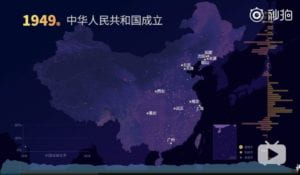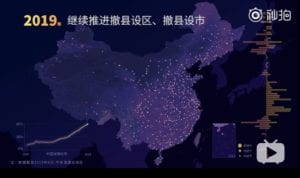The third food regime, “based on free global trade, easy movement of financial capitals, and the growing centrality of intellectual property—from trademarks to scientific innovations” is the modern food system (Parasecoli, 2019, p. 42). Within this complicated system, the one I will particularly focus on is intellectual property (IP).
“…the development of Geographical indications, a category of intellectual property—regulated by a World Trade Organization (WTO) treaty—that provides visibility and protection to specialties such as champagne from France, Parmigiano-Reggiano from Italy…” will be discussed (Parasecoli, 2019, p. 35). The emphasis on food origin should be the promise of good quality considering the non-human factors such as climate, soil and water, as well as human actors including experience, technology, etc. However, the preference on origin is far more than quality, it could be the fame consumption. Opening a menu in a ‘good-taste’ restaurant, you will find so many cuisines named by origins of ingredients such as Kobe beef, French black truffle, Boston lobsters, etc. All of them will be more expensive than ordinary ingredients. Though the added values are from true quality, taxes, international transportation, the result is they are the representations of good-state, abundant food knowledge, fashion and wealth. The added values beyond the quality became the more important thing.
Except for geographical indications, restaurants as the part of food system is also included in IP category. Michelin, Black pearl… there are so many evaluation systems to assess restaurants. Restaurants on the lists are always much more expensive, better environments and pretty hard to order. Searching the seeking Michelin videos, you will find lots of titles are focused on the prices. “Visiting the only Michelin three star in Shanghai, 17000rmb for two people” (link is here) is a typical example. In the video, the host said he spent three months to order it, which showed the extreme popularity of that restaurant. They went to a building on Waitan and waited on the sixth floor, which was not where they eat. “A car will pick us to a warehouse, it is mysterious” the host said. All these steps increase a feeling of fortune and having a social status, which is beyond food itself. It is the idea that if we can eat in a Michelin restaurant, we are the ones in higher class. Arrived at the restaurant, it was a dark house. “I just thought it is a haunted house.” the host made a joke. The environment also served to the creation of mystery. Cuisines were small-size, placed in delicate plates. Again, these settings are not related to the food quality, but a strategy to lift the level of the restaurant, making the IP more “upper class like”. And geographical indications are emphasized, which is not surprising. All in all, food is not food, it has been coded into a symbolic system operated by both producers and consumers to create a social ID.

